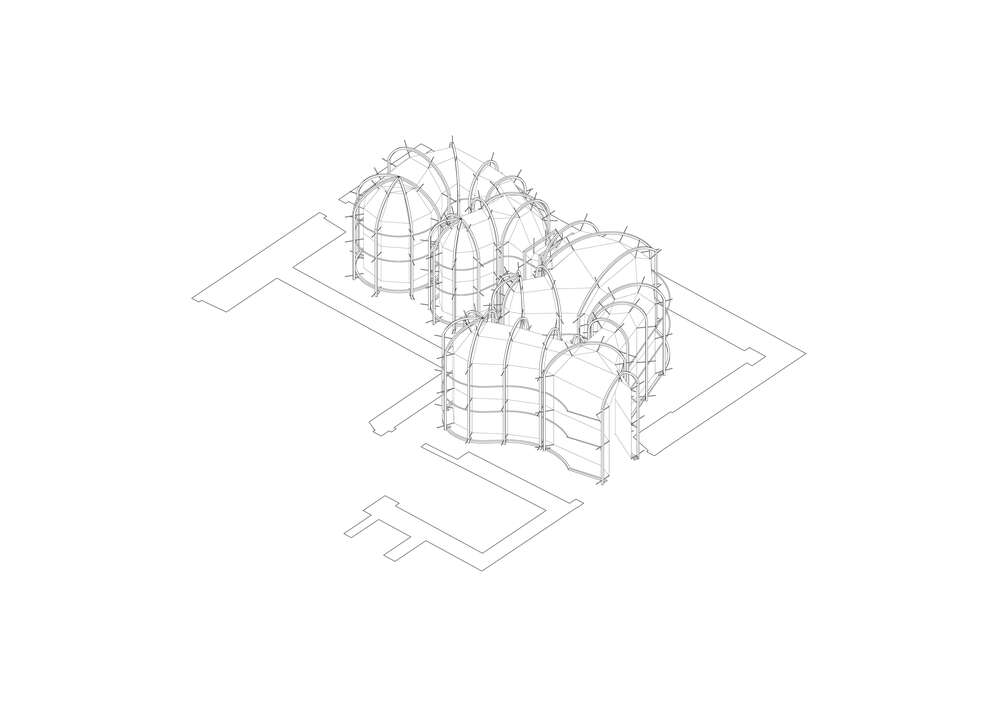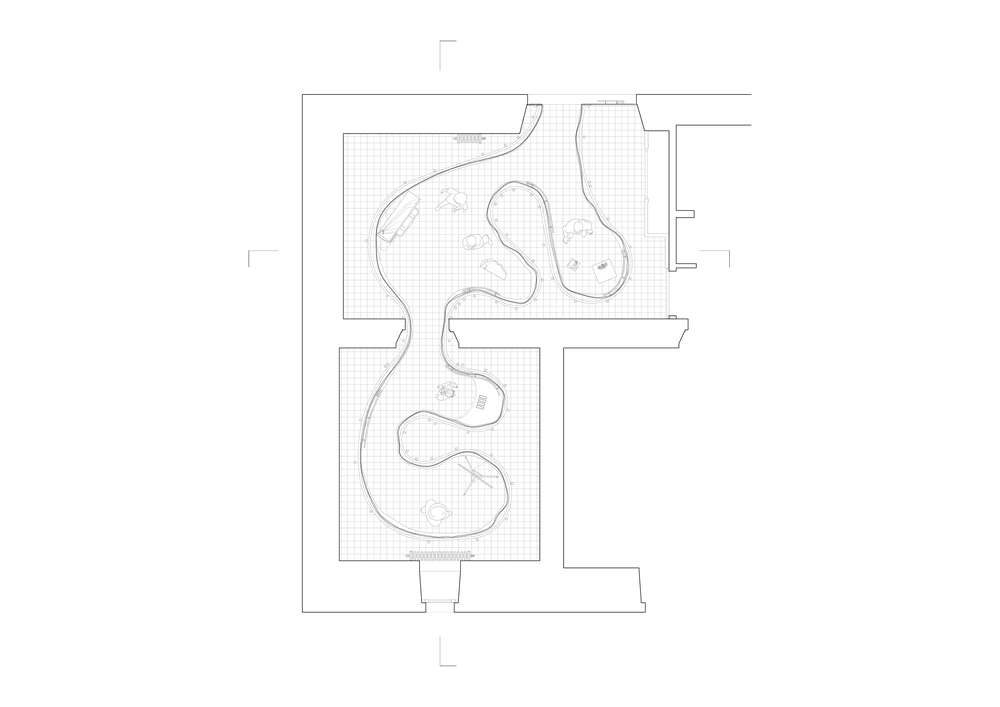Plaster, the extracted form of gypsum, essentially composed of calcium sulphate dihydrate, appears as a good figuration of the BUREAU’s general attitude towards architecture.
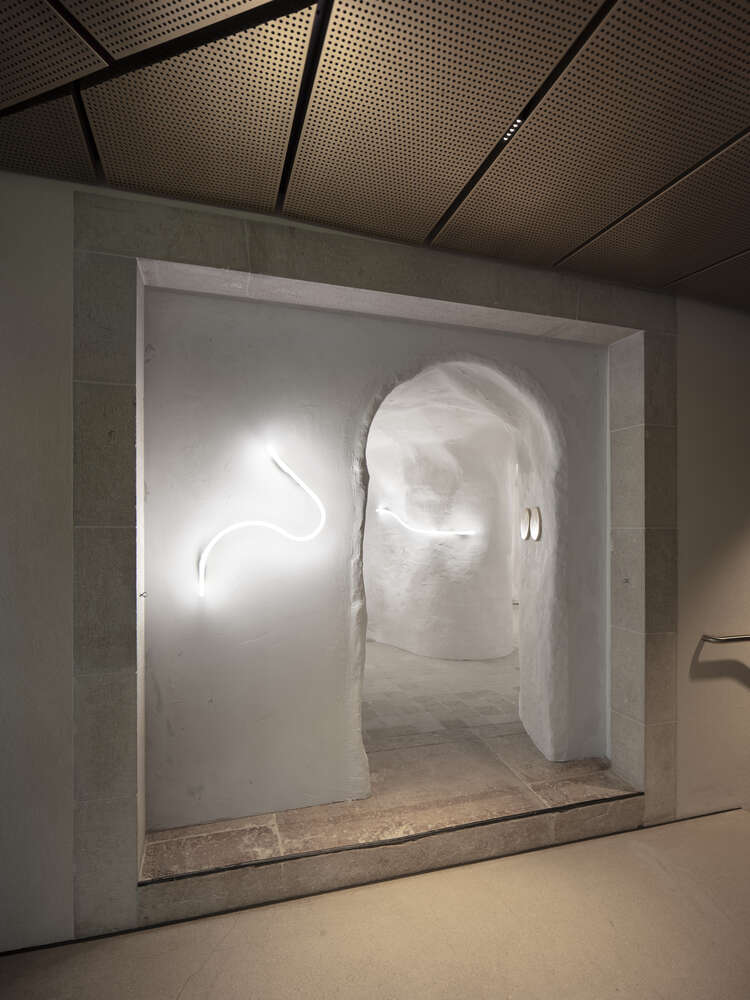

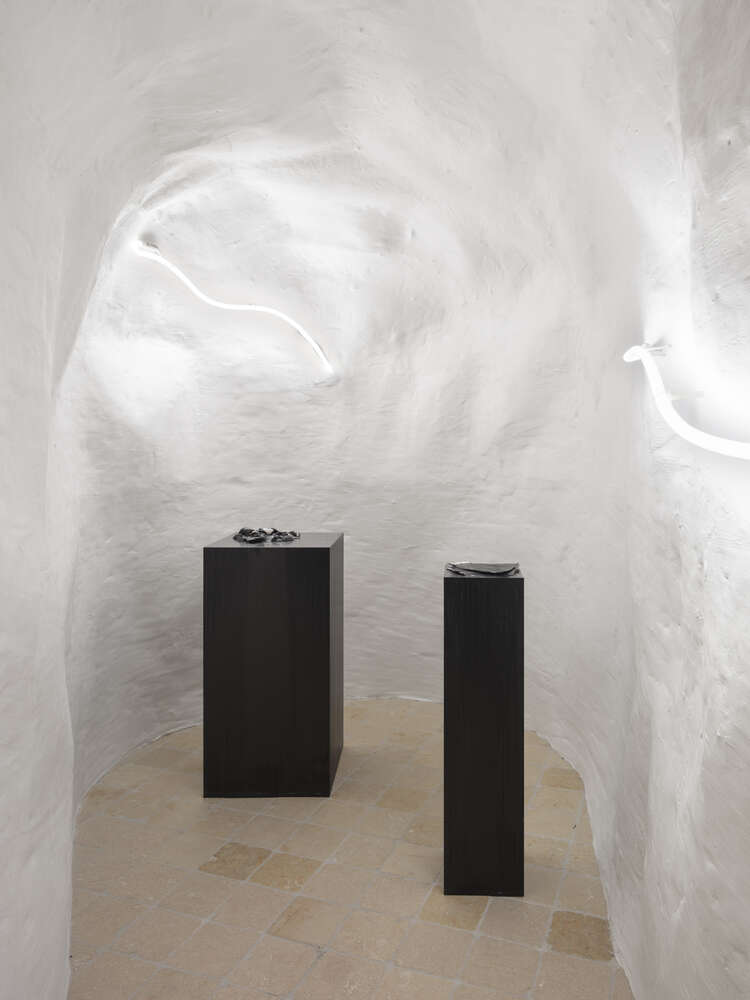

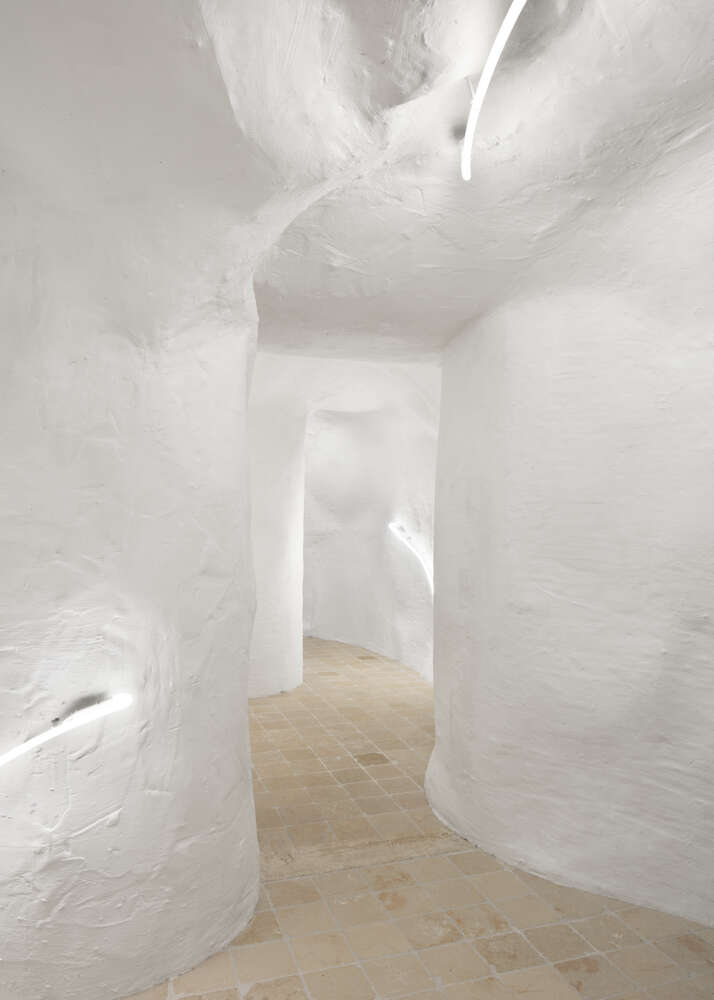


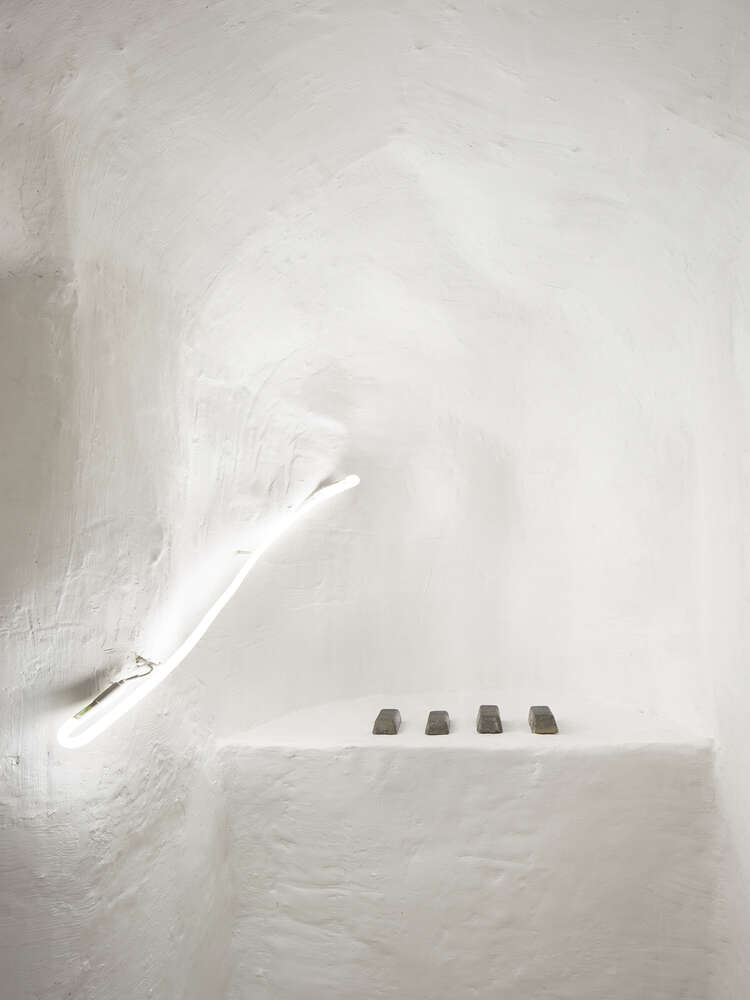

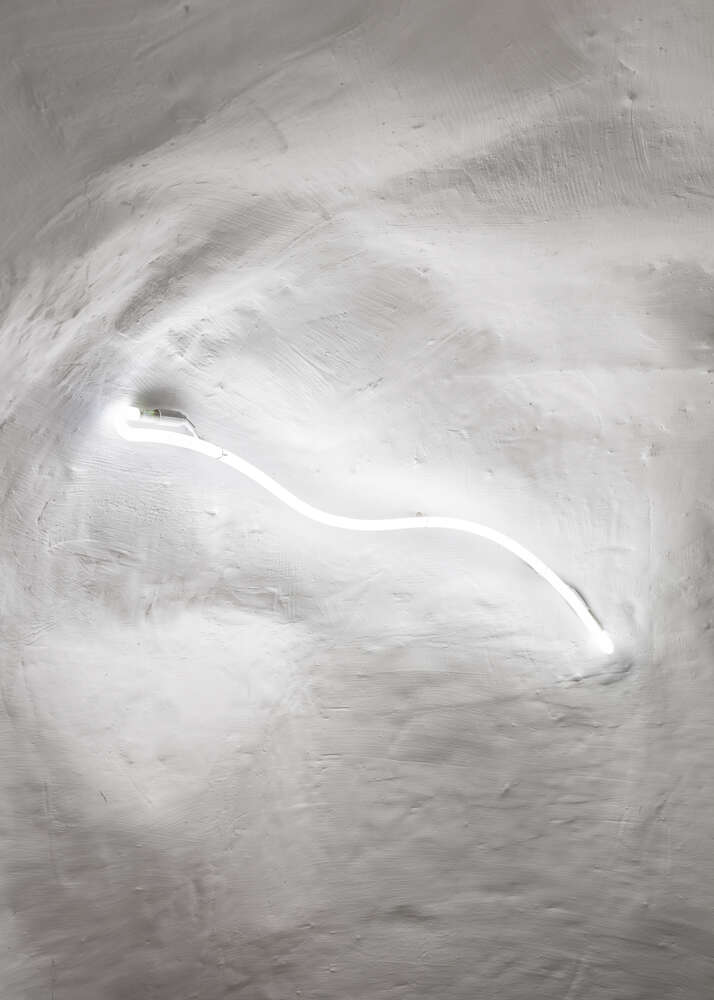
If we were to define ourselves as minor architects, following Jill Stoner’s book «Towards a minor architecture», working with what is considered a minor material seems quite d’à-propos. It is one that has been utilised to prefigure and anticipate master pieces in the numerous “galéries des plâtres” around the world, fabricating figurative positive moulds of definite sculptures, forever “graved in stone”. The plaster seems more malleable, elastic, fragile. The seemingly banal construction material hides many facets of a rich life, weather as a fundamental discrete companion of Rodin and so many others, as a crystal or as a mental scape beyond the world and in mythological orbits. In yet another form, the material is used for bone fractures, soft tissue injuries, orthopedic diseases and inflammatory processes, to bring peace and rest to wounded parts of the body. In 1939, Salvador Dalí participated to the World of the Tomorrow, a world’s fair that featured the future, with prospective designs from SOM, Norman Bel Geddes and other modernists and visionaries of the time. Dalí provoked the streamline futuristic foresight of those avant-garde actors with a surrealist tone and he made it so with a plaster-like architecture anticipating thus installation art, Gesamtkunstwerk works that would largely populate the 20th century art world. His intervention, an oneiric pavilion, freely reenacts Botticelli’s painting of Venus and transforms it into a three-dimensional and total experience. It constituted minor major piece of architecture that found its way to New York with the advice of no other than William Morris, father of socialist utopias and wallpapers. A much smaller scale and other rather trivial historical circumstances confronts the modest plaster to a luxurious context designed by a recognized modernist corporate practice of our time: Bjarke Ingels Group. In an exhibition dedicated to the very presence of materials and its transformation, the art pieces of Nina Beier, Latifa Echakhch, Raphael Hefti, Olivier Laric and Christodoulos Panayiotou (among others), are found in a cave condition that the viewer discovers by diving into a seemingly undefined white grotto. To stimulate the experience, the existing space is totally transformed to behind the plaster walls and vaults, bringing the visitor into close contact with the art pieces. The usual white cube condition seems to have slightly melted as an echo to Dali’s delusive art, producing unclear edges in a spatial continuum or topological deformation. Practising architecture in minor mode “requires a partial deconstruction of the structures of power that lead to their incessant reproduction” (Jill Stoner). Given the context, might be a quite (or too?) ambitious agenda for such a quasi-miniature intervention.
Daniel Zamarbide Geneva Winter 2023
